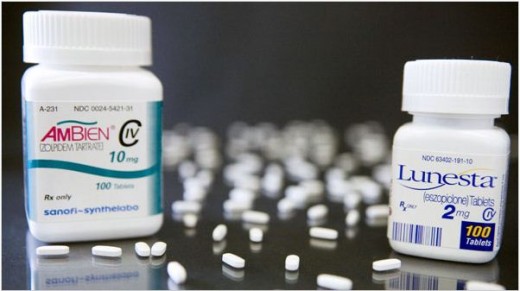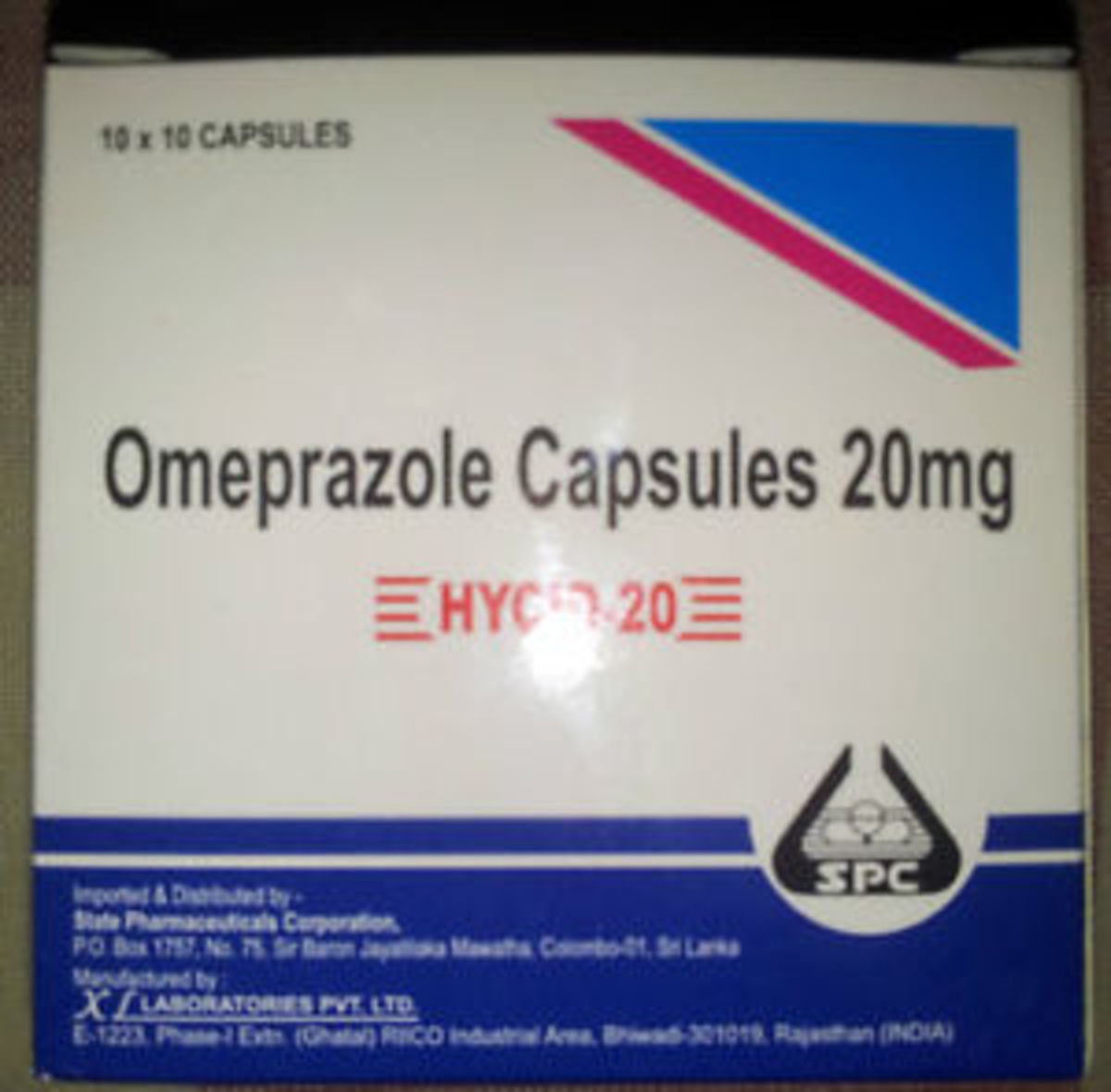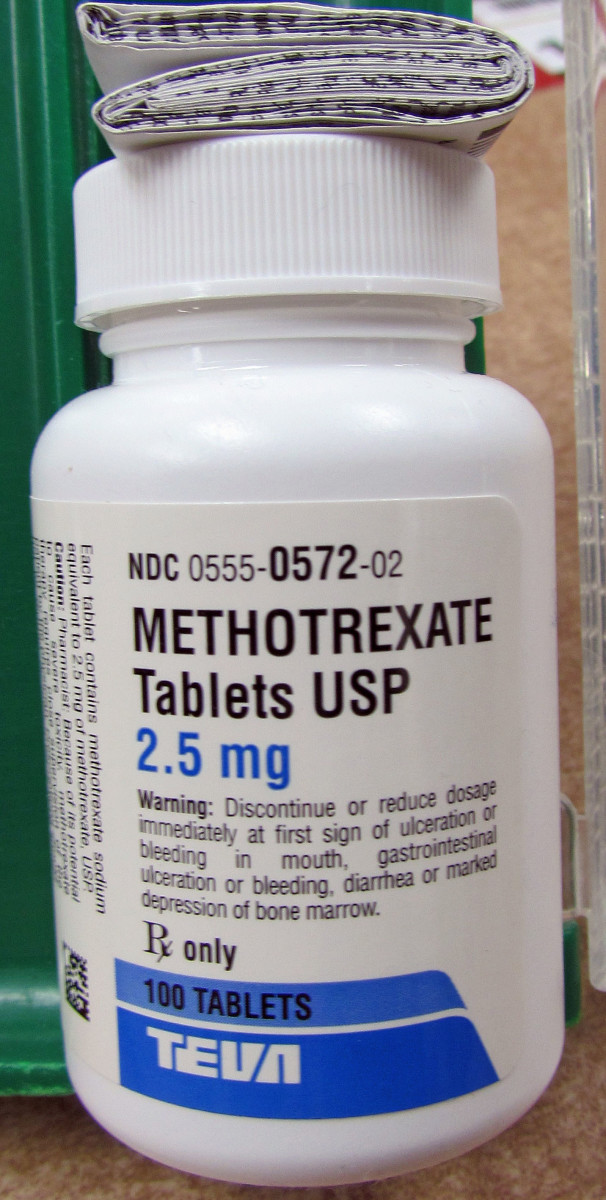- HubPages»
- Health»
- Health Care, Drugs & Insurance»
- Prescription & Over-the-Counter Drugs
Ambien (zolpidem) Side Effects

This article is about the side effects of the prescription drug known as Ambien (zolpidem).
A QUICK HISTORY OF SEDATIVES:
Sedatives to help with insomnia have been around for a long time. Ancient Roman and Byzantine texts refer to herbal products such as the opium poppy, hyoscyamos and belladona used for this purpose. In the early 1900s barbituates were discovered and "Barbital" was first marketed in the U.S. in 1903. Then in the 1950s scientists discovered benzodiazepines, leading to the marketing of the first benzodiazepine, Librium, in 1960. These proved to be powerful sedatives and have been widely used for treating insomnia. Examples of benzodiazepines include Restoril (temazepam), Ativan (lorazepam), Halcion (triazolam) and Serax (oxazepam). Antihistamines, like diphenhydramine (AKA Benadryl) have also been frequently used to treat insomnia.
AMBIEN INTRODUCED:
But then something new came along. In 1992 Ambien (zolpidem tartrate) was introduced to the U.S. market. Since that time several other versions of zolpidem have also been introduced. These include:
- Ambien CR (a time-released version of Ambien designed to provide longer sleep periods)
- Zolpimist (an oral spray that provides a 5mg dose of zolpidem)
- Edluar (orally disintegrating tablets of zolpidem meant to dissolve under the tongue)
- Intermezzo (a small dose of zolpidem used by patients who awaken in the middle of the night and have difficulty returning to sleep)
Ambien was studied in a trial of 462 patients with insomnia. They were divided into 3 groups, each of which received one of the following: Ambien 5mg, Ambien 10mg and Placebo. In this large study, both the 5mg and 10mg doses of Ambien were superior to placebo in improving sleep and reducing awakenings in the night.
Now that you understand a little of the background of Ambien, we can discuss the side effects of Ambien.

Sleep Driving?
The manufacturers of Ambien report, in their own literature, the possibility of some unusual behavior while taking their drug:
"There have been reports of people getting out of bed after taking a sedative-hypnotic and driving their cars while not fully awake, often with no memory of the event. If a patient experiences such an episode, it should be reported to his or her doctor immediately, since "sleep-driving" can be dangerous. This behavior is more likely to occur when Ambien is taken with alcohol or other central nervous system depressants."
AMBIEN SIDE EFFECTS
Ambien tends to be well-tolerated with few serious side effects. This is, in part, due to a very short half-life (this means our bodies eliminate the medicine very quickly by converting to inactive ingredients or excreting it in the urine). In about 2.5 hours after taking Ambien, 1/2 of the dose has already been eliminated. It doesn't stick around long enough to cause much trouble. This is good. Of course, it does mean that for some people "waking again" in the middle of the night might be a problem. But for many, it is just the initial "falling asleep" that is hard. For them, Ambien is a good choice.
REPORTED SIDE EFFECTS:
The most COMMONLY reported side effects include (the 4 D's):
- Drowsiness (well, we expected that one!)
- Dizziness
- Diarrhea
- "Drugged" - the sort of fuzzy feeling in your head while on medication
Less Common, but possible, side effects are:
- Headache
- Nause & Vomiting
- Daytime drowsiness
- Amnesia
- Falls
- Dry Mouth
- Back Pain
- Palpitations
- Abnormal dreams
- Constipation
- Sinusitis
- Rash
Precautions
The following is my advice to patients who are considering taking Ambien for sleep:
1) Take Ambien (zolpidem) immediately before going to bed and on an empty stomach (no food for at least 2 hours before bedtime). An empty stomach will make the Ambien work more quickly and effectively for you. Also, because it tends to work quickly, you do NOT want to take it earlier in the evening when you may still need to function. You should have at least 7-8 hours before you need to wake up after taking Ambien.
2) NEVER take Ambien (zolpidem) with alcohol.
Maybe you are wondering...can I have a drink with supper? A glass of wine maybe? A beer? Here is the problem: How much alcohol will be left in your system at bedtime? You cannot know for sure, and I cannot tell you. The reason is that alcohol (ethanol) metabolism varies greatly between people depending on liver size, body mass and genetics. The risks of combining Ambien with alcohol are serious. Don't risk it.
3) Short Term Use: Ambien is only officially approved for "short term" use. Although some patients may discuss with their doctors the use of this product for longer periods, ideally it is used for less than 30 days.
4) Addiction Concerns: Another side-effect of Ambien is that it may create some degree of dependence. It is a controlled substance and has some potential for addiction and/or abuse. However, the actual incidence of reported withdrawal symptoms from Ambien was very small (less than 1%). For patients with a history of drug abuse or addiction, the risk may be greater. Signs of withdrawal may include nausea, flushing, lightheadedness, emesis, panic attacks and abdominal discomfort. If you are concerned about this, ask the doctor for the lowest recommended dose.
Special Populations
The following is information about taking Ambien for certain groups of people. If you fall into any of these categories, and are wondering if Ambien is appropriate for you, please read below.
Women: Zolpidem should be started at a dose of 5mg in women, and either 5mg or 10mg in men.
Elderly: As we age, we sometimes metabolize certain medications more slowly, leading to higher dosages in our system. Therefore, it is recommended that elderly patients use only 5mg of Ambien to avoid complications and side-effects.
Liver Disease: If you have any form of liver disease or disorder, they will need to lower your dose of Ambien accordingly.
Kidney Disease: Ambien doses do not normally need to be adjusted for renal (kidney) disease.
Pregnancy: Ambien is considered Pregnancy Category C. Although no well-controlled studies on human pregnant patients exist, animal studies suggest Ambien could be harmful to a developing baby. Use only when the benefit clearly outweighs the risks.






